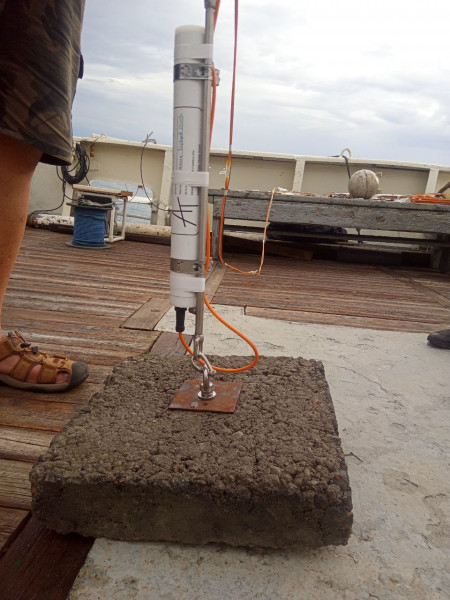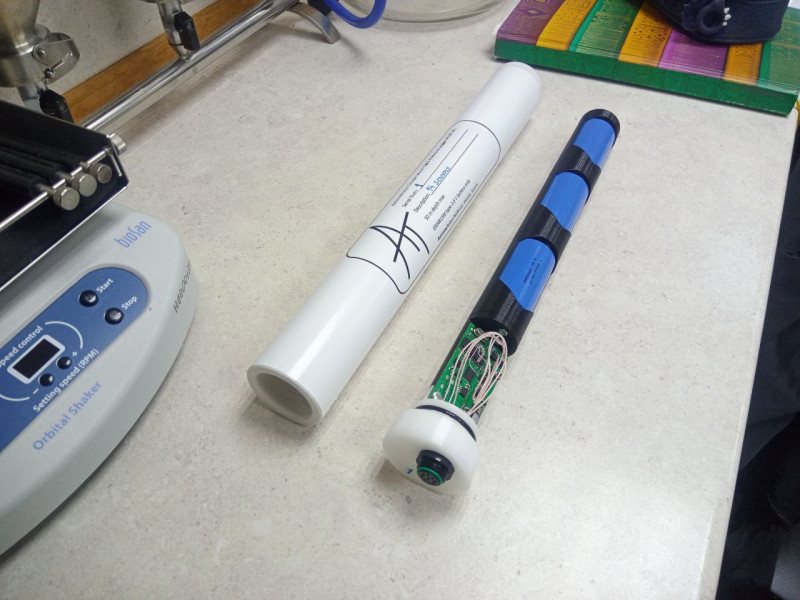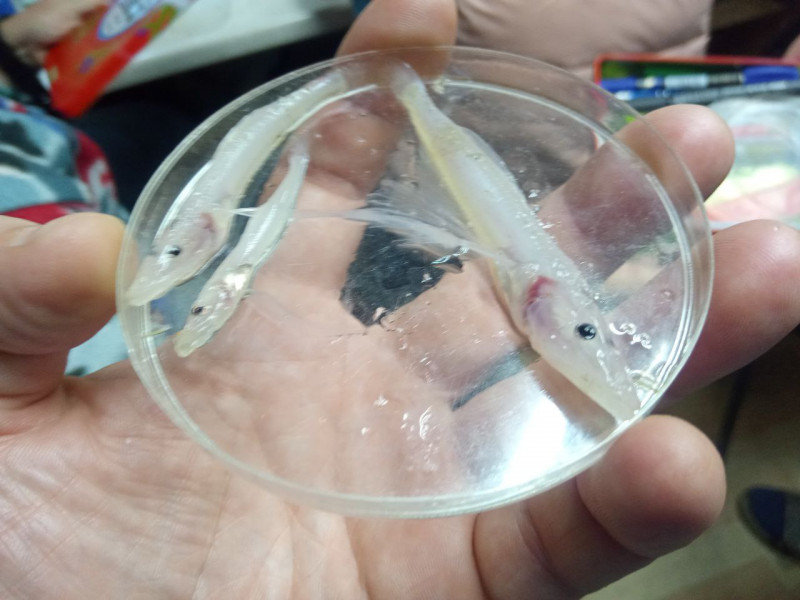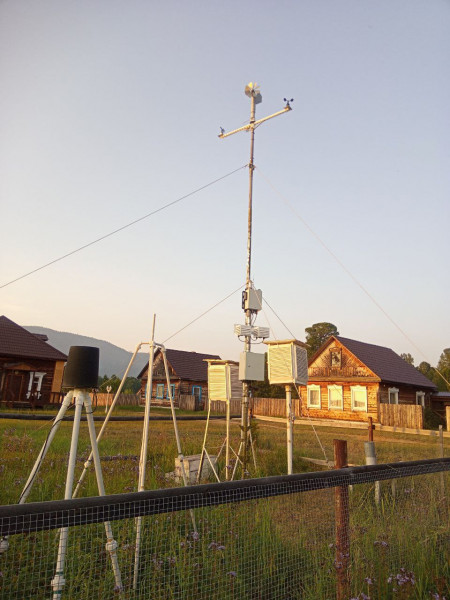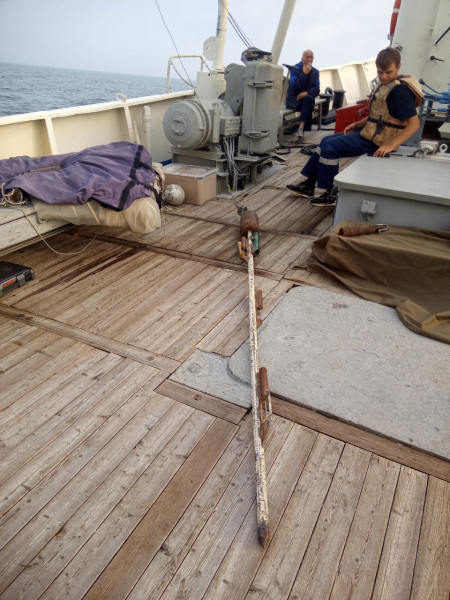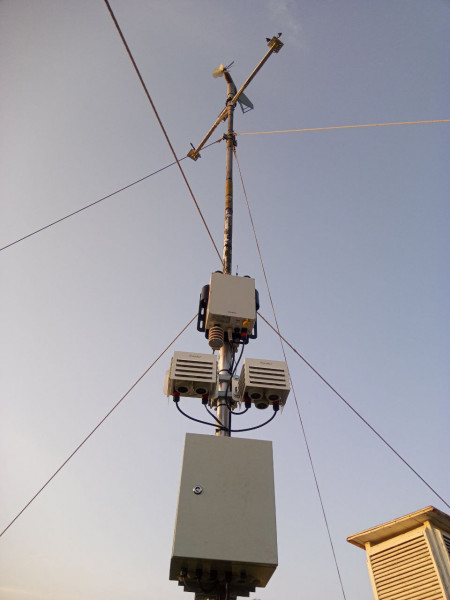Hydrophysical expedition onboard the R/V “G.Yu. Vereshchagin” on July 23 - August 6, 2024
On July 23- August 6, 2024, the field work was carried out onboard the R/V “G.Yu. Vereshchagin” within the State Assignments No. 0279 2021 0004 “Study of advective and turbulent water exchange…” (led by Aslamov I.A.), No. 0279-2021-0006 “Study of hydrate, oil and gaseous hydrocarbon systems functioning…” (led by Zemskaya T.I., Khlystov O.M.), No. 0279 2022 0004 “Assessment of ecological and economic aspects of the impact on Lake Baikal from ongoing and planned anthropogenic factors...” (led by Makarov M.M.), and No. 0279 2019 0005 “Study of transformations of the state of water bodies...” (led by Fedotov A.P.).
The main objective of the work is the interdisciplinary study of the spatio-temporal changes of the components of the aquatic ecosystem and the adjacent atmosphere of Lake Baikal in the summer period.
The works were carried out in three basins of the lake, and in Barguzinsky and Chivyrkuysky bays and in Maloye More. During the expedition, sampling was carried out according to a standard grid of stations of longitudinal and transverse transects of the lake at fixed horizons from surface to bottom using a Carousel SBE-32 cassette-type sampler equipped with 24 bathometers of 5 liters capacity each. Water samples were taken for chemical analysis, including methane analysis throughout the entire Lake Baikal water area. Zooplankton samples were collected with a JOM net to determine the mass-size characteristics of macrohectopus. Water sampling was performed at 41 stations. Hydrophysical measurements were carried out at 65 stations by the high-precision CTD probe SBE-25 with additional sensors for dissolved oxygen, transparency, and suspended matter concentration. The upper 100 meters were additionally investigated using the JFE RINKO AAQ177 water quality probe. Total samples were taken for:
- dissolved methane content — 647
- chemical analysis — 247
- zooplankton — 8 stations of two layers (more than 4,500 specimens of crustaceans sampled)
- microbiological analysis — 13
Surface water parameters such as pH, ORP, turbidity, temperature, electrical conductivity and concentrations of methane, carbon dioxide and chlorophyll fluorescence were continuously recorded during the cruise. Wind speed and direction, air temperature and humidity, incoming and reflected solar radiation from the water surface, and the concentration of PM2.5 and PM10 particles in the atmosphere were measured in parallel. Gas bubble outlets were monitored using a hardware-software complex based on a Furuno echo sounder with recording of echogram data.
Experiments with autonomous drifting buoys of Piligrim`s own design were carried out in the area of the Solzan River, near Cape Elohin, and the Davsha settlement. The drifting trajectories are obtained by installing 3m2 underwater sails at a depth of 2 m.
At Cape Ivanovsky, in the area of the Neutrino Telescope in the coastal zone at depths of 10 and 30 meters, the bottom buoy stations with thermistor chains of our own production have been installed.
An automatic air quality monitoring system “City-Air” with a wide range of sensors was installed in the settlement of Davsha (analyzing the content of gas impurities CO, NO2, O3, SO2, H2S in the atmosphere, as well as aerosol PM2.5 and PM10), and sensors of the main meteorological parameters were also installed.
At the station in B. Koty settlement, maintenance work was carried out to replace the hydrostatic pressure sensor, which is part of the Lake Baikal level measurement system. Periodic maintenance and current repair of hydrometeorological stations at Cape Elokhin, Uzury settlement, and on Maly Ushkaniy Island were carried out.




